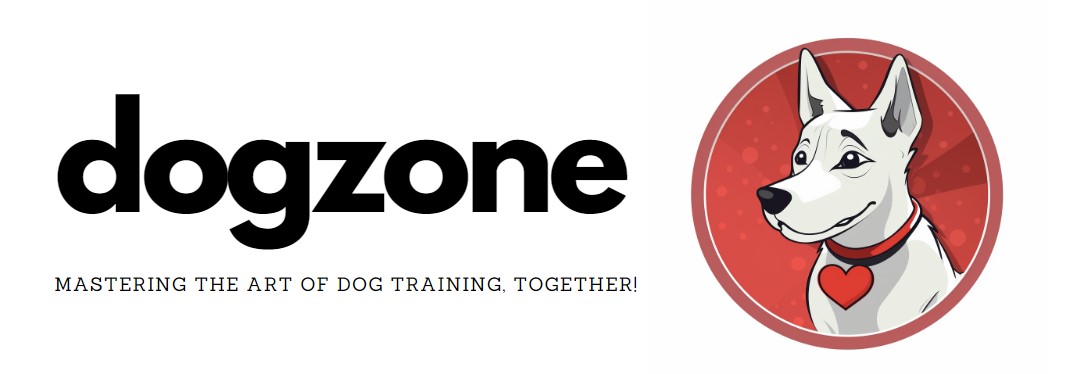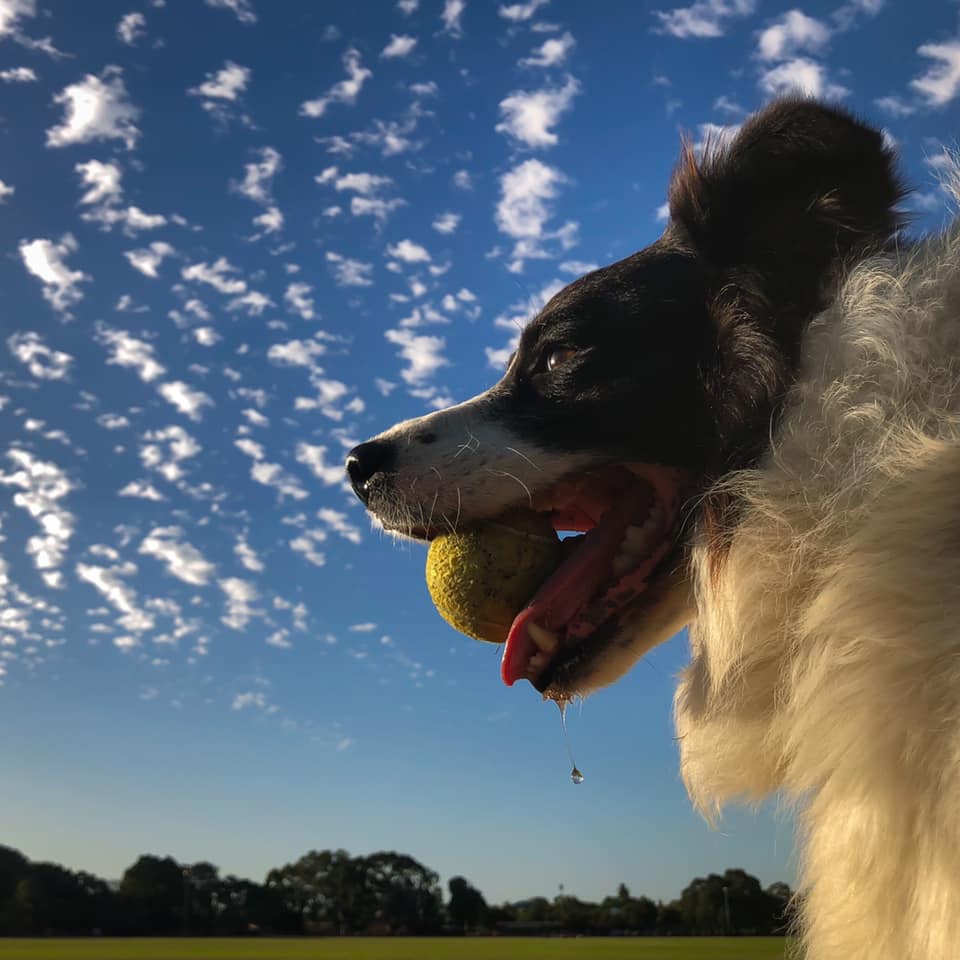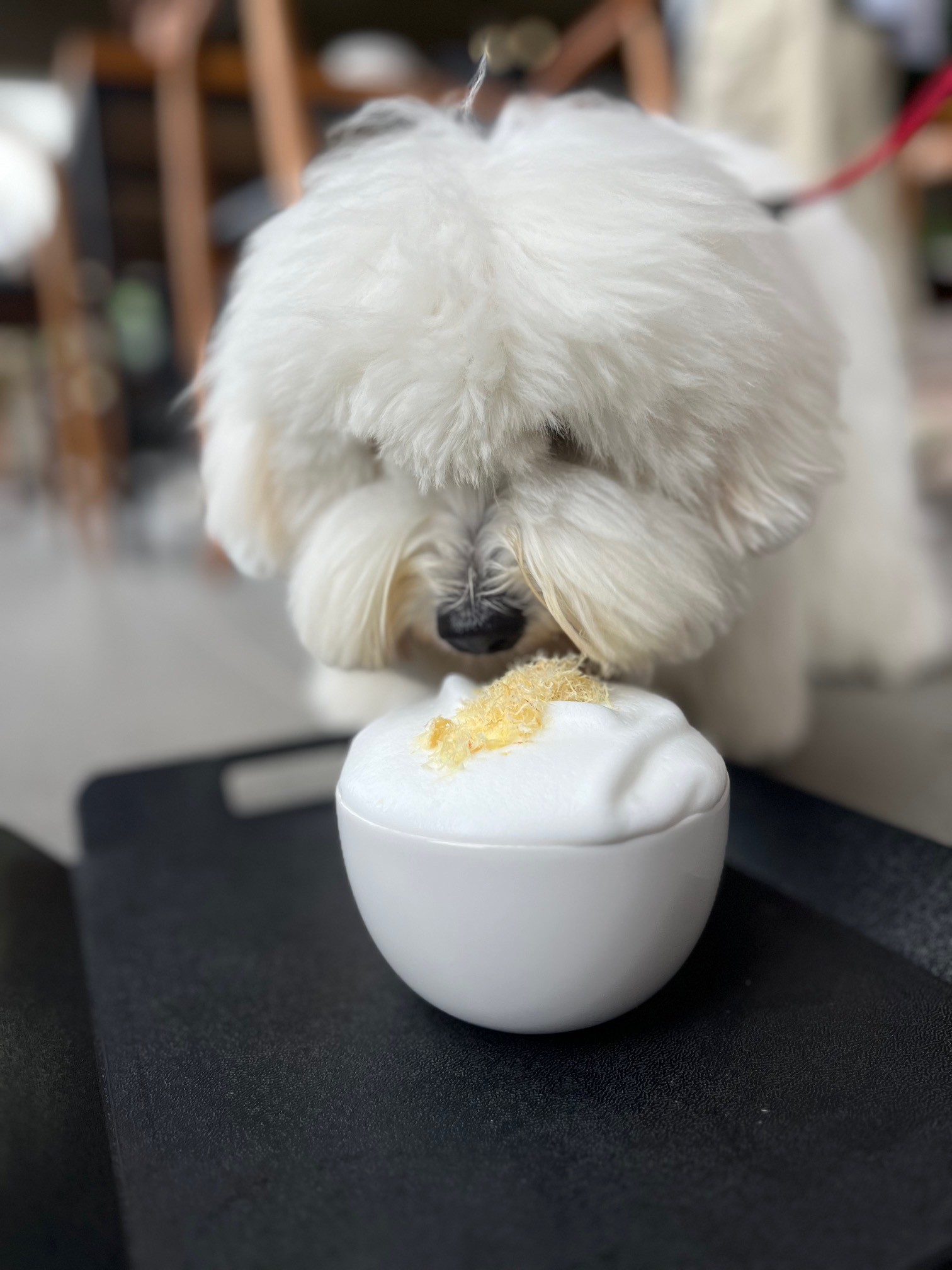If your dog is obsessed with tennis balls then you’re not the only one. I don’t know the official stats, but I bet 9 out of 10 collies have some kind of obsession with tennis balls, or if not balls then something similar.
However, there is a difference between a ball-motivated, or even a ball-fixated dog, and a dog with a true compulsion (obsession). Knowing which category your dog is in is a must if you want to do something about it, which I’m guessing you do?
Obsessive / Compulsive Behaviours in Dogs
“Compulsive behaviours are abnormal because they are displayed out of context and are often repetitive, exaggerated, or continuous.”
9th Veterinary Paraveterinary & SASVEPM Congress 2017
The best way to tell if your dog fits that worse case scenario is this rule of thumb – If they’re fixated with a ball at the park, but at home couldn’t care less about it, then you’re in the categories of ball-motivated or ball-fixated rather than obsessed.
If your dog won’t leave the ball alone at any time, then this is obsession, and should be treated as a greater concern. Even if you don’t have balls around the house, your dog may pester you and whine – sometimes we fail to realise they’re whining because they don’t have a ball.
What are the most common obsessive behaviours in dogs?
Tennis balls are the #1 obsession in dogs simply because they quickly associate balls with enjoyment and attention from when they’re a puppy. Without a ball the obsessiveness may manifest in a different way, either with another object or a behaviour.
The most common obsessive behaviours in dogs may include:
- Barking (constantly) – All dogs bark, but if your dog persistently barks, or continues to bark for a long time after something happens (like the postie at the door) then this may be an obsession. It’s important for you as a pet owner to investigate further, as this may also be gastrointestinal pain (possibly from a poor dog food), or some other kind of what we call “silent pain” they’re unable to verbalise.
- Chewing – A trait common in puppies while they’re teething or playing, but some dogs develop an obsession with chewing which seems relentless. This can often be a non-food object or toy, and may hinder their eating habits. Some dogs develop a condition known as PICA, in which they focus their eating habits on a non-food object with no (or seemingly no) nutritional value.
- Toy fixations – These are similar to a ball fixation, and can be considered in the same, shall we say, “ballpark”. Common examples are toys similar to balls, such as a frisbee, or their favourite toy or chew at home. Often an obsessed dog will guard such a toy excessively or you’ll find it hard to get their attention when they have it.
- Spinning on the spot, tail chasing, self-licking, or pacing – All dogs do these things occasionally, but if your dog does any of them excessively then it may be an obsessive behaviour. Or, like barking, may be caused by underlying pain, injury, bite, or tick. Pacing can also be a sign of anxiety, lack of exercise, mental stimulus, or a full bladder. Pacing as an obsession is more excessive and will happen for no other reason, consistently.
- Licking – By licking I mean you, the cat, various objects around the house, or even surfaces such as the floor. The cause of this can range from anxiety to an obsession.
- Chasing shadows or light – This is common in highly intelligent breeds, particularly collies, and can result in your dog jumping at things and even biting plaster off the walls. It’s common for owners of dogs with this obsession to play along with it, such as with torches, finger shadows, or laser lights.
- Biting or licking the air – This is a similar obsession to the above even if it seems a little more bizarre. Often we wonder what our dogs are trying to do, or what in the air they’re trying to lick or bite.
Which of the above obsessive behaviour is displayed by your dog? Make sure you leave a comment below, as it is always interesting to hear what other dog owners are dealing with. I’ve had collies with a tennis ball fixation, and my first dog would relentless chase light and shadows – always painful in the evening as cars drove passed.
Why do Dogs Develop Obsessive Behaviours?
In the above section I allured to some of the reasons why dogs develop obsessive behaviours.
Ruling out the following is a must, particularly with behaviours where your dog’s focus is on themselves such as tail chasing, biting, and licking:
- Underlying pain or “silent pain”, which can be from injury, illness, or gastrointestinal pain from diet.
- Allergies (or sensitivities as a more correct common term), either related to environment or diet. Common diet-related sensitivities are from cereal grains (cereals/cereal by-products/wheat) or specific meat proteins (chicken, lamb, or beef are more common).
- Boredom – From lack of exercise or lack of mental stimulus.
When it comes to obsessive behaviours, some breeds are more prone than others. Particularly breeds known for their intelligence. Anxiety and discomfort are key underlying causes of these behaviours, and can often be fixed once you (or a canine behaviourist) determine the root cause.
Obsessive Behaviours from Lack of Stimulus
Dogs who are properly socialised from the puppy phase are far less prone to obsessive behaviours. When it comes to lack of stimulus, these are dogs who are poorly socialised, under-exercised, mistreated at home (intentionally or unintentionally from an owner not knowing the best way to command a dog), or left at home for long periods (such as when you’re out for work).
Obsessive Behaviours from Imbalances in the Brain
Obsessive behaviours which stem from an imbalance in the brain are much harder, although not impossible, to fix. For these it is worth involving a dog behaviourist who will assess your dog and create an effective plan. A dog trainer may help, but keep in mind this is a different field and training can prove counterproductive if the trainer is unfamiliar with the underlying cause.
Brain imbalances can occur for numerous reasons, from being a genetic condition to age or illness related. When buying a puppy this is one of the reasons the stud and bitch should be fully tested, and any reputable breeder should not only answer questions but actively offer this information to you.
How to Treat a Dog With an Obsessive Behaviour
Identifying that your dog has an obsessive behaviour is the first step, whether you use the information above or better yet speak with a local dog behaviourist who will assess your dog and create an effective plan.
Speaking with a dog behaviourist will likely be your most effective option. They will also identify if your best course of action will also benefit from a dog trainer or consultation with your vet (if the behaviour seems to result from discomfort or pain).
Keep in mind obsessive behaviours can become worse if left unaddressed, whether the issue is psychological, from hidden pain, anxiety, or stress.
Sometimes treatment can be as easy as providing your dog with more mental stimulation (such as an interactive toy), or adjusting your routine to offer them more exercise.
Untreated, the behaviour in your dog may become worse, leading to more damaging long term health or behaviour problems.
If you identify your dog has anxiety or stress, then addressing those issues appropriately may help. A dog trainer may help in this respect, such as if your dog has separation anxiety while you’re at work, or is afraid of people or other dogs. There is a great deal of information and articles on this website, so use the search!



Leave a Reply